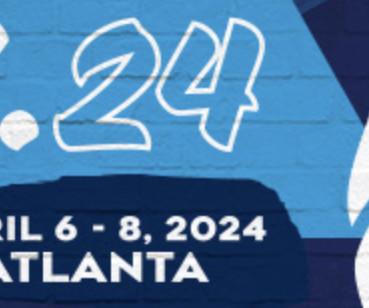Abstract TP220: Intracranial Dotter Angioplasty Using Tenzing for Symptomatic Atherosclerotic Stenosis: Initial Experience
Stroke Journal
FEBRUARY 1, 2024
Stroke, Volume 55, Issue Suppl_1 , Page ATP220-ATP220, February 1, 2024. Introduction:Traditional endovascular treatment for acutely symptomatic intracranial atherosclerotic disease (ICAD) includes balloon angioplasty and stenting. mm) outer diameter, which may enable catheter-mediated Dotter angioplasty of ICAD, or Tenzing-plasty.





















Let's personalize your content